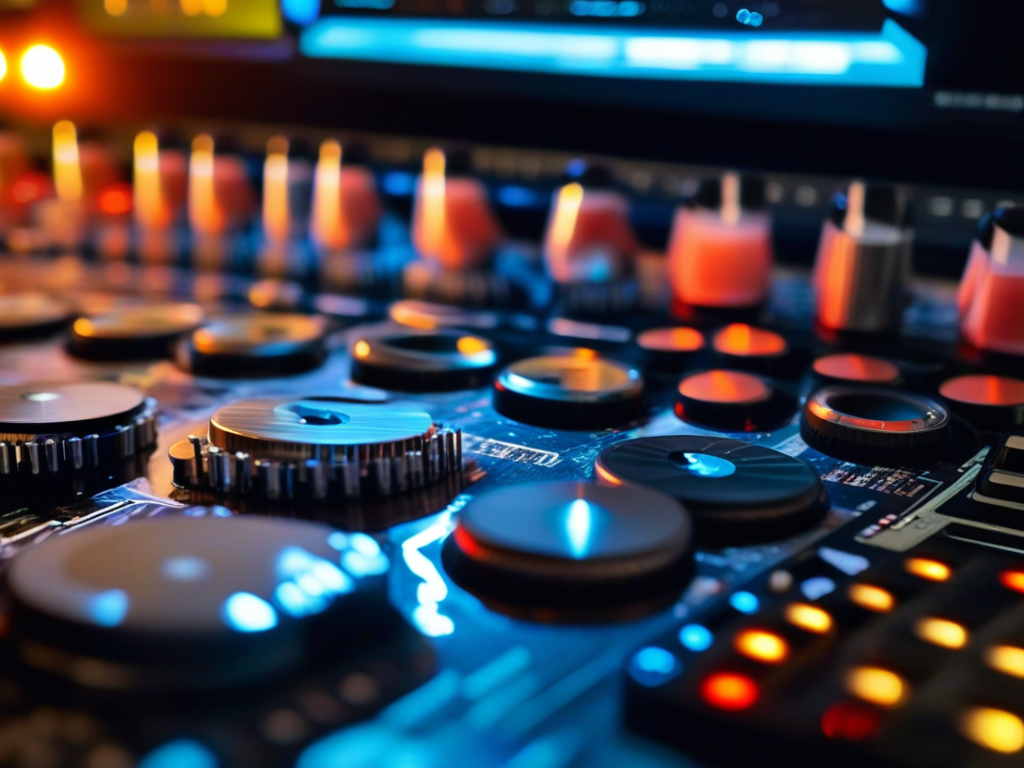As audio enthusiasts, we often hear the term “DAC” thrown around when discussing music players and audio quality. But what exactly is a DAC, and why is it crucial in the realm of digital music playback? In this article, we will delve into the world of Digital-to-Analog Converters, demystifying their role in converting digital signals to analog sound and how they impact our listening experience.
In this article you will find:
- What is a DAC?
- Types of DACs
- Built-in DACs
- External DACs
- Factors Affecting DAC Performance
- Choosing the Right DAC
- Real-World Applications
- Embrace the World of DACs
What is a DAC?
At its core, a Digital-to-Analog Converter (DAC) is a device that takes digital audio signals (1s and 0s) and converts them into analog voltages that can be amplified and played through speakers or headphones. In simple terms, a DAC is the bridge between your digital music files and the real-world sounds that reach your ears.
Types of DACs
There are various types of DACs, ranging from basic built-in DACs found in smartphones and laptops to high-end external DACs used by audiophiles and music production studios. The quality of a DAC is determined by factors such as the chipset used, the digital audio format supported, and the circuit design.
Built-in DACs
Most consumer electronics come with built-in DACs, which are often sufficient for everyday listening. However, the quality of these DACs can vary significantly depending on the device’s price point and intended usage. Smartphones, for example, may have basic DACs that prioritize battery life and cost savings over audio performance.

External DACs
For those seeking higher audio fidelity, external DACs offer a significant upgrade in sound quality. These standalone devices are designed to process digital audio with greater precision and accuracy, resulting in clearer sound, improved detail, and better overall audio performance.
Factors Affecting DAC Performance
Several factors influence the performance of a DAC, including:
- Resolution: Refers to the bit depth of digital audio and impacts the dynamic range and clarity of the sound.
- Sampling Rate: Indicates how many samples per second the DAC can process, affecting the audio frequency range and level of detail.
- Output Impedance: Determines how well the DAC can drive different headphones or speakers, affecting sound quality and power delivery.
Choosing the Right DAC
When selecting a DAC for your music player setup, consider the source of your audio files, the type of headphones or speakers you use, and your budget. High-resolution audio files benefit from a quality DAC, while audiophile-grade headphones require a powerful DAC to drive them effectively.
Real-World Applications
Imagine listening to your favorite song through a low-quality DAC versus a high-end external DAC. The difference in clarity, detail, and overall listening experience would be immediately noticeable. External DACs can breathe new life into your music collection, revealing nuances and subtleties you may have never noticed before.
Embrace the World of DACs
As technology advances and audio quality becomes more accessible, understanding the role of DACs in music players is crucial for every music enthusiast. Whether you’re a casual listener or a dedicated audiophile, investing in a quality DAC can elevate your music listening experience to new heights. Embrace the world of DACs, and rediscover the true beauty of sound.

